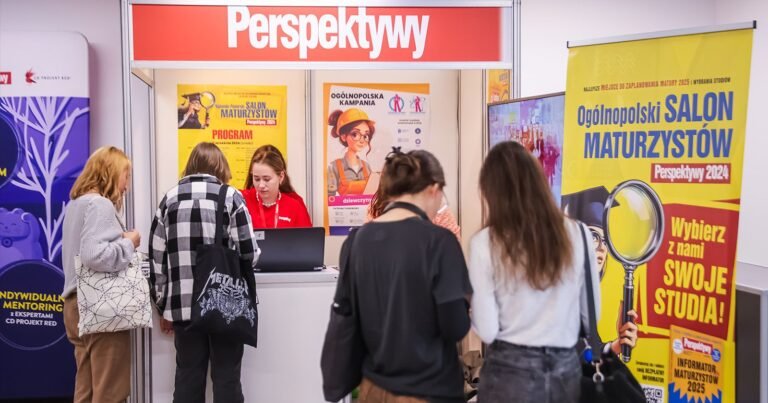
Published: August 8, 2025
A groundbreaking study from the University of Copenhagen, conducted in collaboration with Stanford University, has revealed a promising new method to combat pharmaceutical crime using the unique chemical fingerprints found in all medicines. The research, which focused on the widely used drug ibuprofen, shows that it is possible to trace a medicine’s origin down to the exact factory where it was produced by analyzing stable isotopes of elements such as carbon, hydrogen, and oxygen.
“Every medicine has a unique chemical fingerprint that reflects the conditions under which its ingredients were produced – including location, water source, and photosynthesis type,” said lead researcher Else Holmfred, a Postdoc at both the University of Copenhagen and Stanford University.
This discovery could prove essential in detecting and verifying stolen or counterfeit medicine – a growing concern across Europe. In 2024, EU authorities confiscated over 426,000 packages of illegal medicines valued at more than 11 million euros. The new technology allows for the identification of these counterfeits by detecting differences in isotopic composition, even when pills appear identical to legitimate ones.
“If a stolen batch of medicine is later repackaged and resold, this method can prove its origin and confirm that it was illegally distributed,” Holmfred added.
The research team analyzed isotopic ratios like carbon-12 to carbon-13, which are unique to specific plant-based substances used in drug production, such as corn starch or cellulose. Since isotopes cannot be faked or altered, they provide a highly reliable forensic tool.
According to Associate Professor Stefan Stürup, a co-author of the study, the implementation of this method is relatively accessible. “With the right lab equipment, 50 samples can be analyzed in about 24 hours,” he explained.
A follow-up study is already underway to demonstrate the identification of specific counterfeit medicines using this technology.
Source: University of Copenhagen






